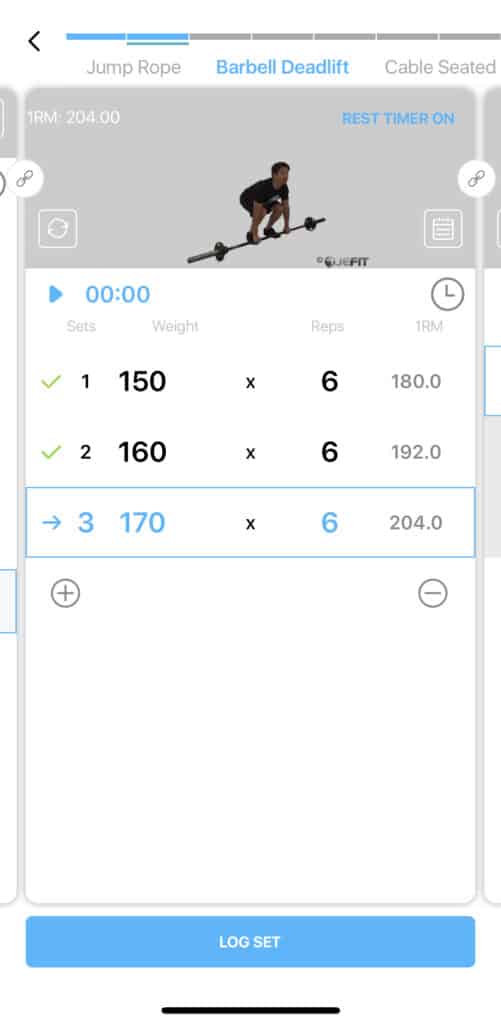An important strength training variable that everyone should be aware of is exercise volume. A periodized strength training program, monitors exercise volume to see how someone is adapting to the demands of a training program.
“If these factors are not considered and/or monitored, the likelihood that the training program will result in less than optimal results will increase markedly.”
Greg Haff, PhD, Author & Researcher
There are specific components that make up a well-designed strength training program. Some of the components include metabolic conditioning, speed and agility, mobility, endurance work and of course strength training. Having an idea of the workload for a training session, and to be able to calculate this, can let a trainer or coach know many things. As an example, it can offer insight into things like fatigue factor of an individual or athlete. Once someone is able to minimize or manage fatigue, overall work output from training typically improves.
What is Exercise Volume?
Exercise volume is a strength training variable that calculates the total amount of work performed in a training session. For this to occur, three main training variables need to be calculated. These includes the number of sets, repetitions and weight lifted. The best estimate of volume needs to have total weight lifted not just the total number of repetitions performed. One of two equations are typically used most often to determine volume of exercise. The first equation (below) is seen more often in gyms and training studios.
Equation 1: number of sets x number of repetitions x weight lifted = volume
An example (abbreviated workout)
Squat, 5 x 5@225 = 5,625 lbs.
Bench Press, 3 x 10@185 = 5,550 lbs.
Barbell Bent Row 3 x 8@60 = 1,440 lbs.
Total Volume: 12,615 lbs.
Equation 2: number of sets x number of repetitions x Percent 1-RM = volume
In addition, a second equation can be used when 1-RM testing is involved. There are many training programs based off 1-RM testing as seen in college and professional athletics as well as some gym-goers. Developing workouts based off 1-RM testing is part of a smart training philosophy. The result is a safer training program long-term with less injuries and superior gains. Typically, a range between 66 and 90 percent of 1-RM is used throughout a strength training cycle.
Example of Total Volume on the Jefit App
Below is a good example of part of a Jefit strength training session depicting exercise volume. The exercise shown below is a barbell deadlift. The exercise is performed for three sets. The total volume for this particular set can be seen. The math would be done for all exercises and added to determine total volume lifted. The Jefit app determines the total weight lifted for each workout session.
1st Set – 150×6 = 900
2nd Set – 160×6 = 960
3rd Set – 170×6 = 1,020
3 Set Total = 2,880 pounds
Stay Strong Together
Jefit has a community responsible for more than 92,500,000 workouts to date! The app, which recently passed 12.5 million downloads, comes equipped with an advanced customizable workout planner and training log. The app has ability to track data, offer audio coaching cues, and can even share workouts with friends. Take advantage of the Jefit exercise database for all your strength training workouts. Visit our members-only Facebook group. Connect with like-minded people, share tips, and advice to help get closer to reaching your fitness goals. Jefit was named best app for 2024, by PC Magazine, Forbes, and Garage Gym Reviews among many others.
- Fibermaxxing: Viral Nutrition Trend You Should Know - December 17, 2025
- Hybrid Metabolic Strength Training for Faster Results - December 10, 2025
- Why Lifters Choose JEFIT App for Real Strength Gains - December 3, 2025

